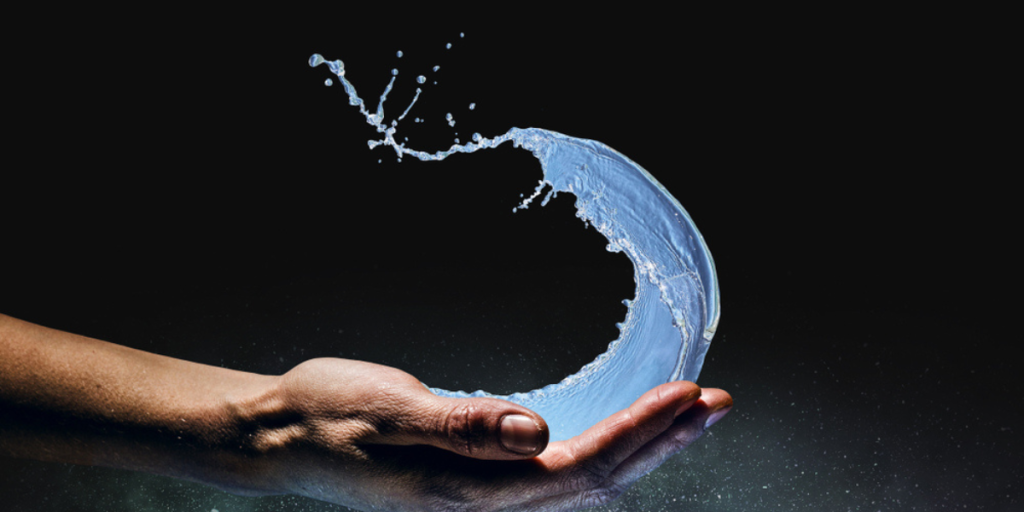Beneath the shadows: How scientists are tracking the moon’s hidden water
Others are reading now
Beneath the shadows: How scientists are tracking the moon’s hidden water
Searching for the Moon’s Hidden Water
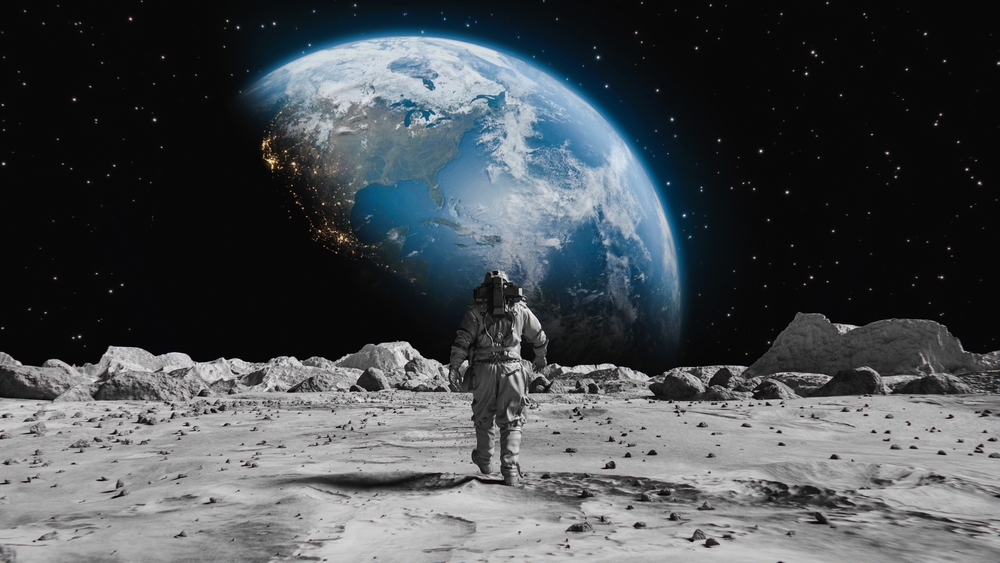
For centuries, humanity has gazed at the Moon and wondered if it could ever sustain life. Now, the question has shifted — not if life can exist there, but whether we can find the water that would make it possible.
Beneath the shadows of lunar craters, scientists suspect that frozen reserves may lie untouched for billions of years. Unlocking these icy secrets could shape the future of exploration, fueling rockets, sustaining astronauts, and transforming the Moon into a gateway to the stars.
Mapping the Moon’s Invisible Treasures

According to Space.com, researchers are intensifying their efforts to locate water ice and other volatiles at the Moon’s poles. These substances — including hydrogen, helium, carbon dioxide, and carbon monoxide — are vital for producing fuel, breathable air, and drinking water for future lunar missions.
The upcoming 2nd Lunar Polar Volatiles Conference, to be held in Honolulu, will bring together experts from around the world to assess what we truly know about these resources — and, more importantly, what we still don’t.
What’s Missing from the Picture

Also read
As reported by Space.com, Shuai Li of the University of Hawaii emphasized that scientists lack a comprehensive survey of volatiles within the Moon’s permanently shadowed regions (PSRs). These deep craters, where sunlight never reaches, could hide vast stores of water ice, but current data is sparse and inconsistent.
“Water ice could be the most abundant volatile,” Li explained, “but we still have no robust mapping of it.”
Other compounds, such as hydrogen sulfide and carbon monoxide, remain even more elusive. Until dedicated missions arrive, most current observations are limited to maybe detections from instruments never designed to measure volatiles directly.
The Need for Proof and Partnership
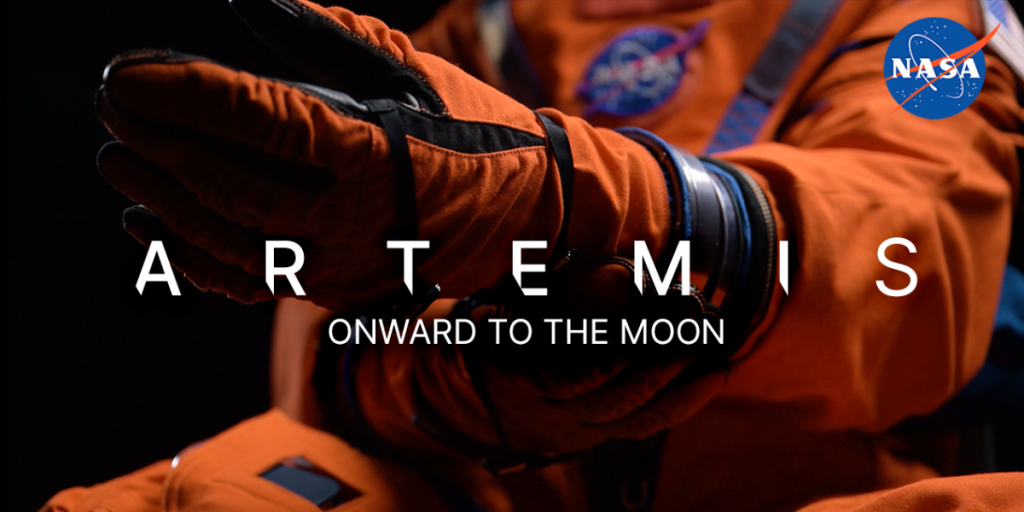
Space.com notes that while NASA’s LCROSS mission in 2009 confirmed traces of lunar ice, that single impact test left more questions than answers. Researcher Norbert Schörghofer pointed out that we now have “major progress regarding water inside of rocks” thanks to China’s Chang’e-5 and Chang’e-6 samples — yet “shockingly little progress about ice” itself.
Both Li and Schörghofer argue that international collaboration is essential to move forward. Missions like South Korea’s Danuri orbiter and NASA’s ShadowCam are paving the way, but “what we need,” Schörghofer stressed, “is definitive measurements of the ice content.”
What We’ve Learned
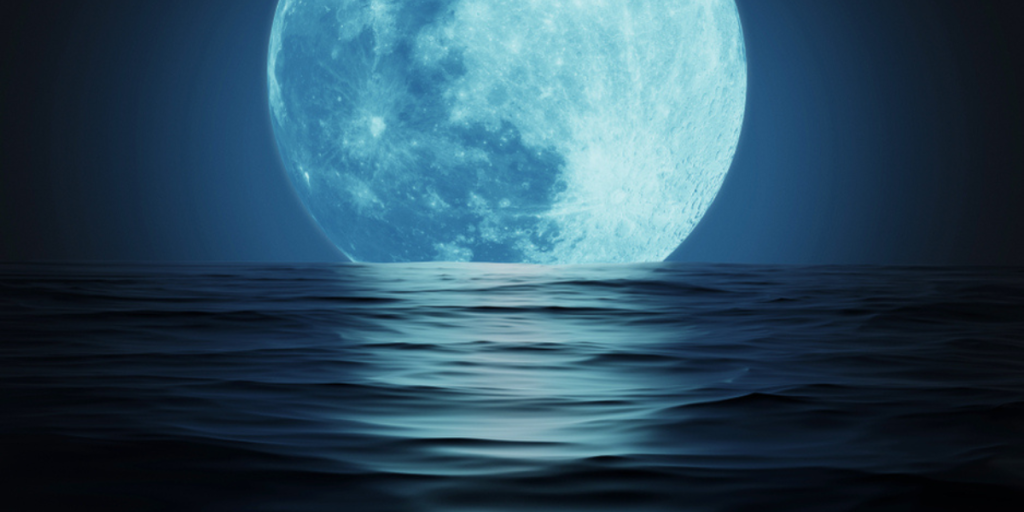
Also read
The search for lunar water remains one of science’s most tantalizing mysteries. We know that volatile-rich craters may exist, but without precise measurements, their true potential remains hidden in darkness.
Scientists agree that only direct exploration, backed by global cooperation, can reveal the Moon’s frozen reserves. These efforts will determine not just where humans go next, but whether we can stay there.
A New Race Beneath the Shadows
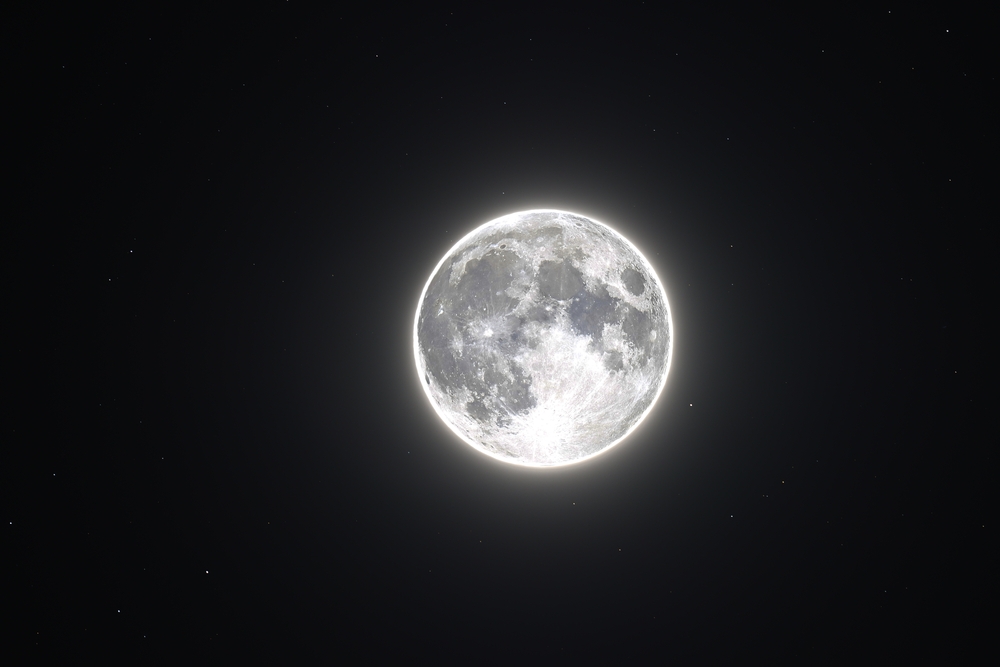
The next great leap in space exploration won’t happen in sunlight, but in shadow. As nations prepare to return to the Moon, the real prize lies not in flag-planting, but in uncovering the water that could sustain our species beyond Earth.
The search for lunar ice is more than a scientific pursuit — it’s a reflection of our shared determination to turn the impossible into the inevitable.
This article is made and published by August M, who may have used AI in the preparation

